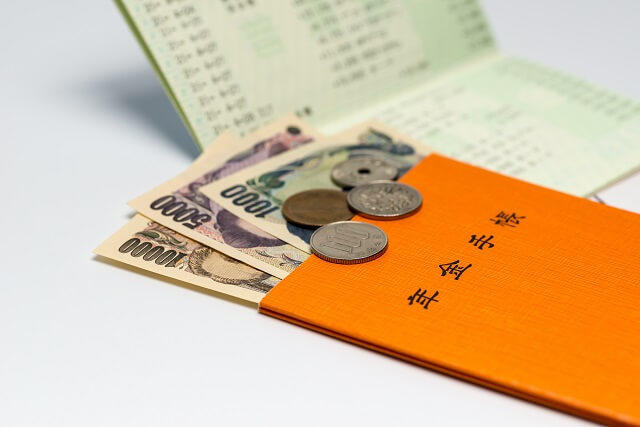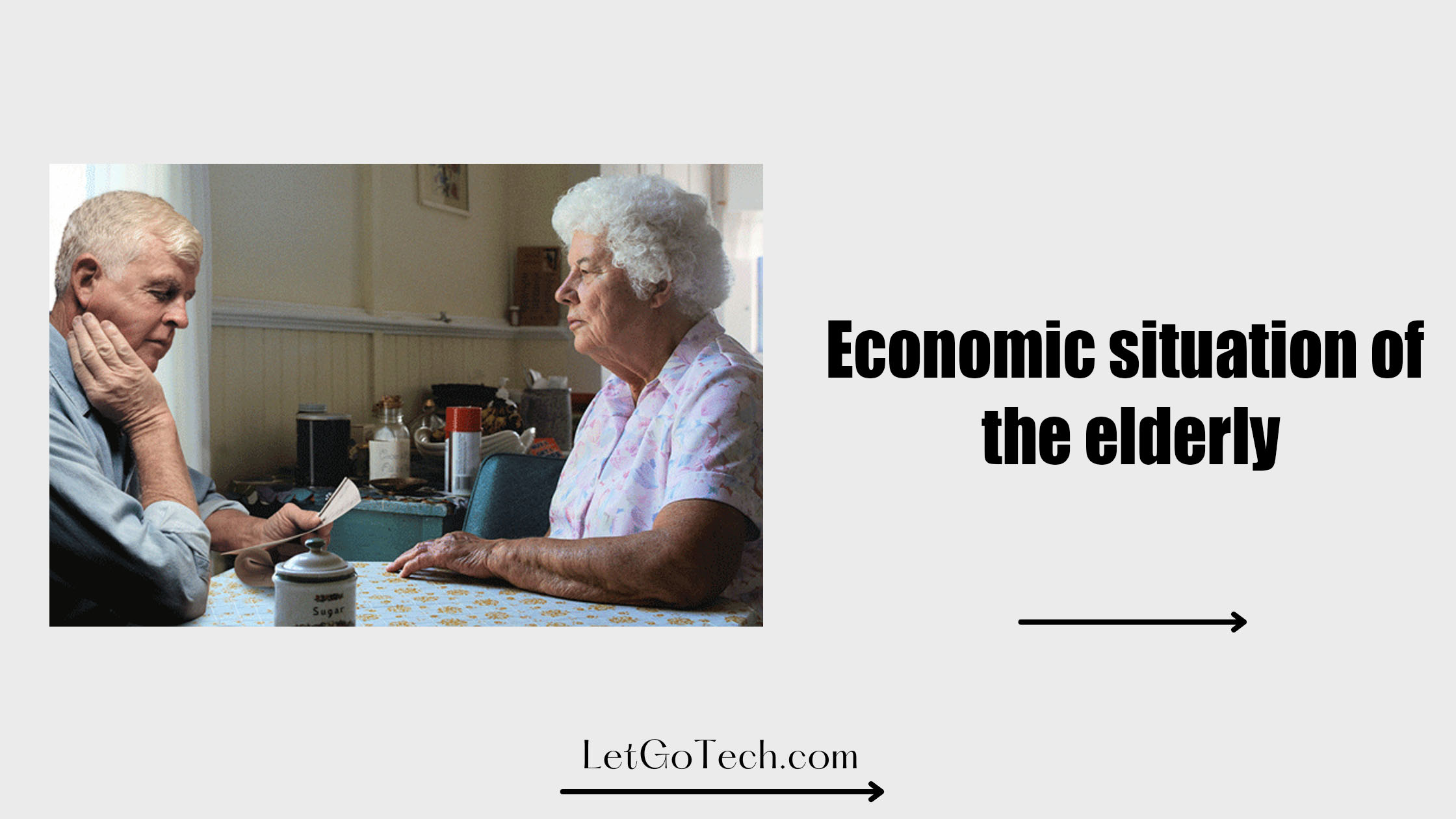About the economic situation of the elderly
As the average life expectancy of both men and women in Japan exceeds 80 years 1) , the elderly are worried about their health as well as their economic life after retirement. According to the Cabinet Office’s 2018 White Paper on the Aging Society, the Cabinet Office conducted a survey of men and women aged 60 and over (2016 survey on the economic and living environment of the elderly). According to data, about 64% of the elderly feel that they have no worries about their financial lives2 ) . However, 36% of people, or roughly one in three people, are worried about their financial well-being.
Table 1 shows the economic awareness of the elderly according to the same survey conducted in 2001, 2006, and 2016. At the time of the survey, there was a wide range of attitudes toward economic living in Japan, depending on the trends in the Japanese economy, the income of the elderly, household structure, and savings.
What is the economic situation of the elderly really like?
| 2001 (n=2,077 ) |
2006 (n=1,729 ) |
2011 (n=2,095 ) |
2016 (n=1,976 ) |
|
|---|---|---|---|---|
| I have a comfortable household budget and live without any worries |
15.1 | 11.5 | 18.0 | 15.0 |
| I don’t have a lot of leeway in my household budget, but I live without worrying too much. |
56.4 | 49.2 | 53.0 | 49.6 |
| I am a little worried because my family budget is tight | 21.2 | 27.2 | 21.7 | 26.8 |
| I am very worried because my finances are tight | 6.7 | 10.6 | 6.6 | 8.0 |
| others | – | 0.2 | 0.3 | 0.6 |
| don’t know | 0.6 | 1.3 | 0.4 | – |
| no worries (total) | 71.5 | 60.7 | 71.0 | 64.6 |
| worried (total) | 27.9 | 37.8 | 28.3 | 34.8 |
Income of elderly households4 )
According to the Ministry of Health, Labor and Welfare’s “National Living Basic Survey” conducted in 2017, the average income of elderly households in 2016 was 3.186 million yen, and the average for all households was It is 5.602 million yen, and the average income of elderly households is only about 56% of that of other households (Fig. 1, Table 2).
1. Figures for 2010 exclude Iwate, Miyagi and Fukushima prefectures.
2. Figures for 2011 do not include Fukushima Prefecture.
3. Figures for 2015 do not include Kumamoto Prefecture.
| all households | elderly household | households with children | |
|---|---|---|---|
| 2008 | 547.5 | 297.0 | 688.5 |
| 2010 | 538.0 | 307.2 | 658.1 |
| year 2012 | 537.2 | 309.1 | 673.2 |
| 2014 | 541.9 | 297.3 | 712.9 |
| 2016 | 560.2 | 318.6 | 739.8 |
Also, looking at the annual income of the elderly by stratum, 1.5 million to 2 million yen is the most common, accounting for about 13%. About 12% of households earn between 10,000 yen and 2.5 million yen, and about 11% of households spend between 500,000 yen and 1 million yen.
Furthermore, 100% of that income comes from public pensions and public pensions, and more than half of the elderly (about 54%) live on pensions alone. Furthermore, if the households with a pension ratio of 80% or more are added, it will be about 66%. It can be seen that many elderly households live on public pensions and public pensions (Fig. 2, Table 3).
| Ratio of public pensions and pensions to total income of elderly households receiving public pensions and pensions | Percentage of households (%) |
|---|---|
| 100% household | 52.2 |
| 80% to 100% of households | 13.6 |
| 60% to 80% of households | 13.5 |
| 40% to 60% of households | 10.8 |
| 20% to 40% of households | 6.2 |
| less than 20% of households | 3.8 |

Seniors savings
What about seniors’ savings?
Based on the results of the 2017 Family Budget Survey conducted by the Ministry of Internal Affairs and Communications, net savings (amount of savings minus debts) of household heads by age for two-or-more-person households are calculated as all age groups. By class, the higher the age group of the householder, the higher the net savings per household. In particular, households with heads aged 60-69 and those aged 70 and over have higher net savings than other age groups (Table 4).
| average | Under 29 | 30-39 years old | 40-49 years old | 50-59 years old | 60-69 years old | Over 70 | |
|---|---|---|---|---|---|---|---|
| savings amount | 1,812 | 397 | 634 | 1,074 | 1,699 | 2,382 | 2,385 |
| amount of debt | 517 | 611 | 1,203 | 1,055 | 617 | 205 | 121 |
| net savings | 1,295 | -214 | -569 | 19 | 1,082 | 2,177 | 2,264 |
In addition, according to the 2018 White Paper on the Aging Society published by the Cabinet Office, when looking only at outstanding savings without considering the amount of debt, the central The value is 15.67 million yen, and the median value for all other households is 10.64 million yen (both are households with two or more people), and elderly households are about 1.5 times more than other households.
Furthermore, looking at the households with large savings of 40 million yen or more by age group, 18.6% of elderly households (households with two or more people) whose head is 60 years old or older, and 12.6% of all households. Elderly households tend to have higher savings2 ) .
Although the income of elderly households is not high compared to households of other age groups, it can be seen that many households have a relatively large amount of savings.
Also, when asked about the purpose of savings among the elderly, only a small percentage of the respondents answered that they use their savings for the enjoyment of life, such as “to live a better life” or “to travel or make large purchases.” 2 ) .
Number of elderly people receiving public assistance2 )
The number of beneficiaries of the public assistance system, which guarantees the minimum standard of living for those who are economically disadvantaged, is increasing year by year. Looking at the changes in the number of public assistance recipients, it was 1.43 million in 2005 and 2.13 million in 2015, an increase of about 50% in 10 years. increase.
Among them, looking at the number of people aged 65 and over who received public assistance, it was 970,000 in 2015, accounting for about 46% of the total, and 560,000 in 2005. more than 70% increase compared to
Considering that the population is aging year by year, the increase in the number of people aged 65 and over, and the increase in their proportion, is understandable. 2.86% of the population aged 65 and over are receiving public assistance.
One of the reasons why people are living in poverty is not only insufficient income and savings, but also medical expenses as they get older. According to the Ministry of Health, Labor and Welfare’s Health Insurance Bureau “Basic Materials on Medical Insurance”, looking at medical expenses per person by age group, the average amount in 2015 was about 470,000 yen for those aged 65 to 69, and 70,000 yen for those aged 65 to 69. Medical expenses increase with age, with about 630,000 yen for those aged up to 74 and about 800,000 yen for those between 75 and 79 years of age.

